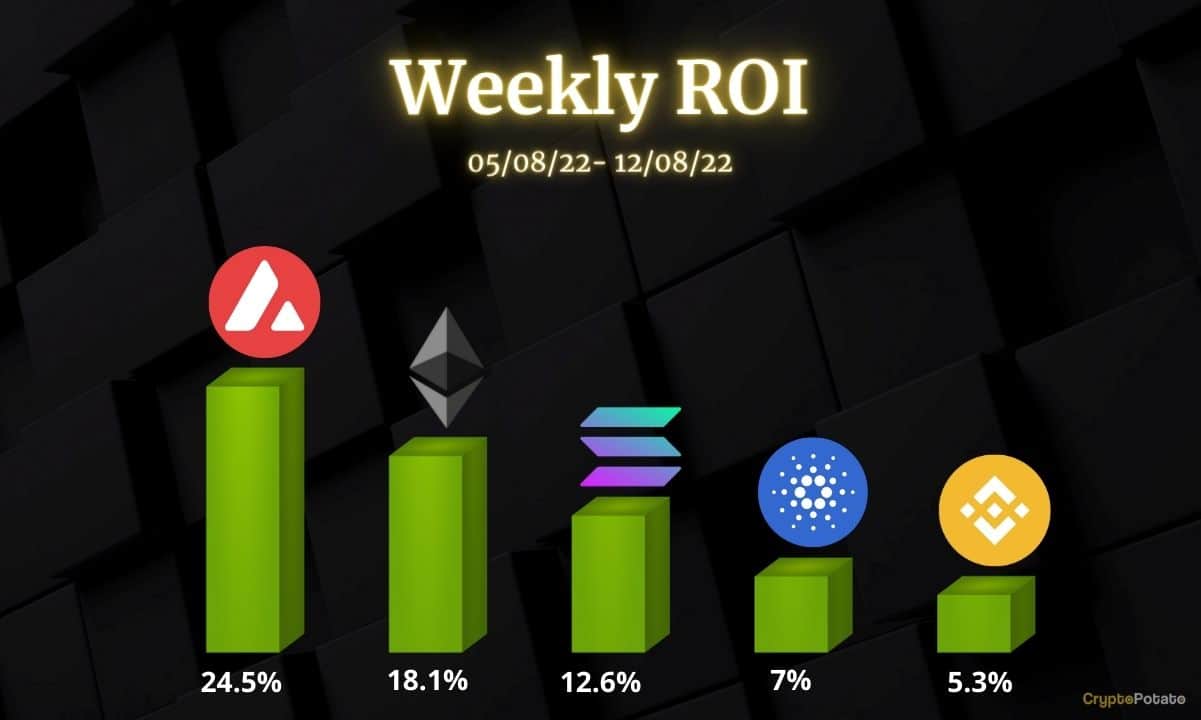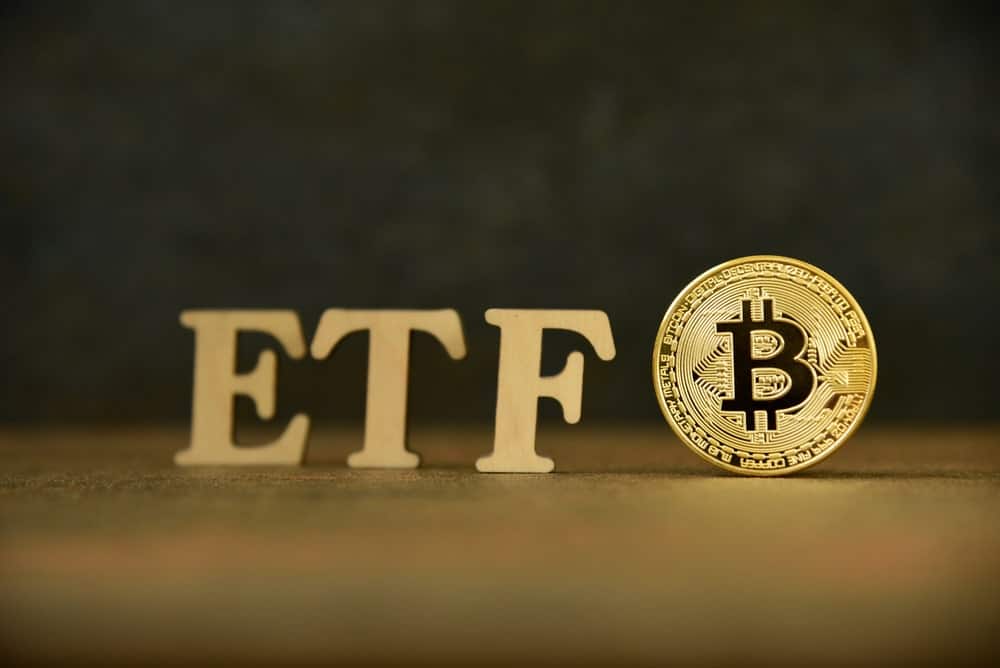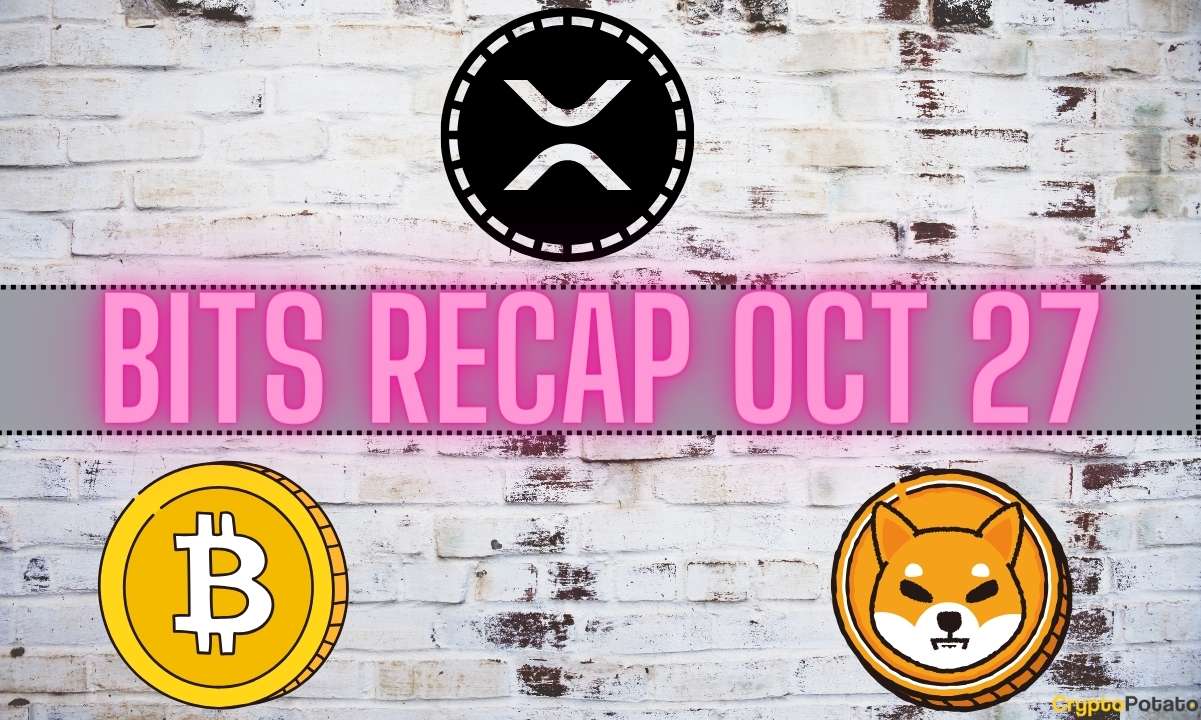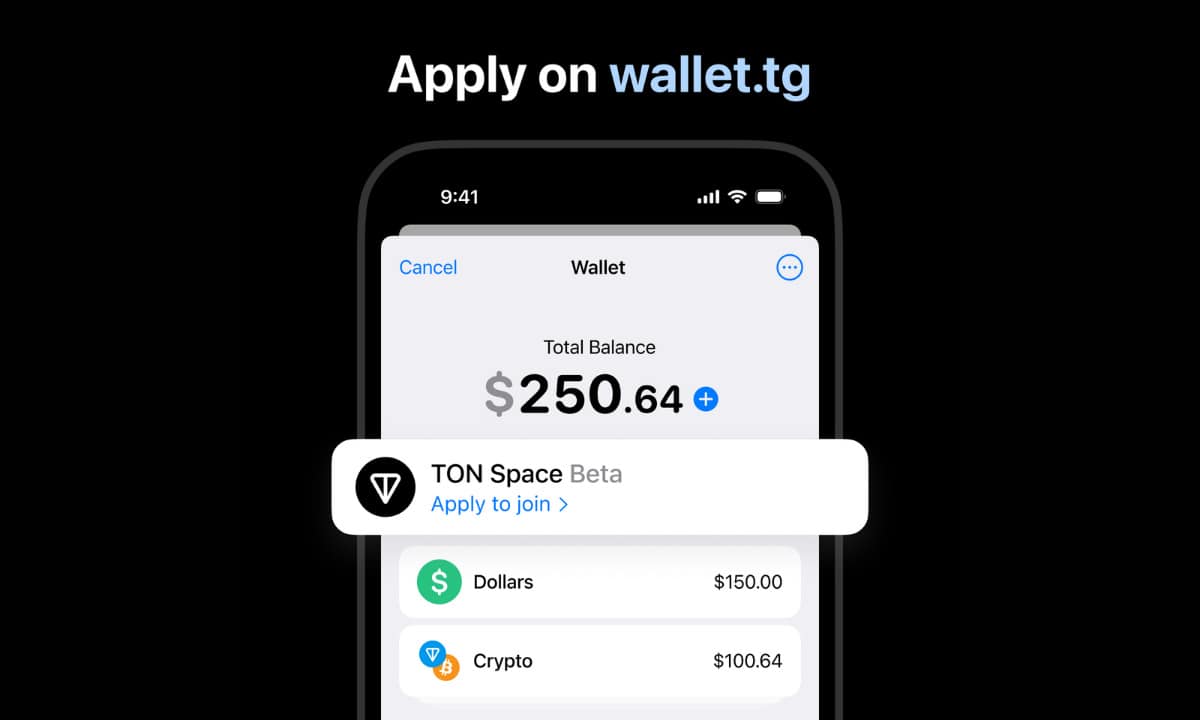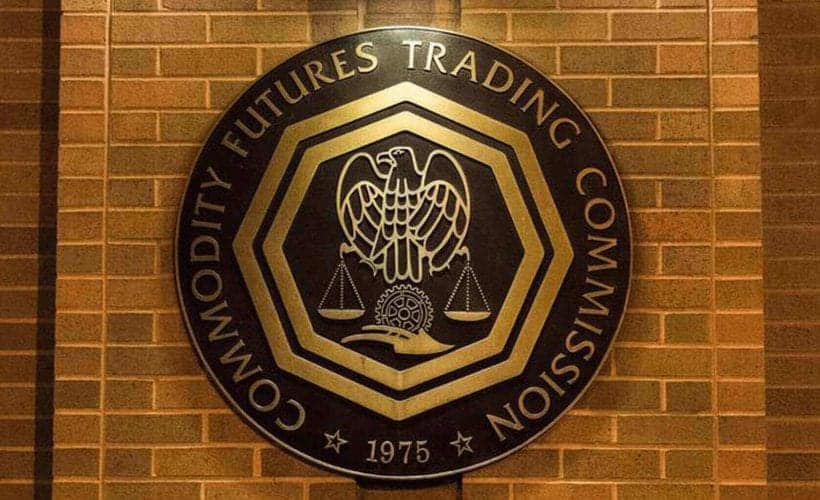Cross-Chain Decentralized Exchange MDEX With a Well-Rounded Ecosystem
[Featured Content]
The sector of decentralized finance (DeFi) is undoubtedly one of the hottest topics in the past couple of years.
And it can’t be any other way, given the explosive growth of the field. The current value locked in various DeFi protocols exceeds $60 billion.

While this may not seem like a tremendous number given the sky-high valuations in the overall crypto market in 2021, the DeFi TVL was less than a billion just a year ago. This highlights the tremendous increase and the surge in demand.
It’s also worth noting, though, that the market for DeFi products is currently rather fragmented. The issues with Ethereum’s scalability brought forward other solutions, and users flocked them in search of the new hottest project. Binance’s Smart Chain is among the most vibrant ecosystems at the moment, but there are others such as Huobi’s HECO, and so forth.
The main issue with the leading decentralized exchanges such as Uniswap or Sushiswap, for instance, is that they only work on Ethereum. This is where MDEX comes into the picture.
What is MDEX?
MDEX is a leading decentralized exchange that supports cross-chain transaction protocols of BSC, HECO, and ETH.
The exchange combines the various advantages of different public chains and creates a very well-rounded and composite ecosystem with rather high performance capabilities. With a “dual mining” mechanism for liquidity mining and transaction mining, it’s capable of bringing more substantial returns to the participants.
Moreover, the transaction fee has a “repurchase and burn” mechanism that’s intended to realize a closed and also a self-driven loop to capture more value. It runs on HECO and on BSC. Users are also able to realize cross-chain interoperability between BSC, ETH, and HECO.
Presently, MDEX delivers five important capabilities – namely: swap, liquidity mining, boardroom, IMO, and fun buyback.
The first two are pretty self-explanatory. The boardroom supports liquidity providers and single token staking to earn rewards in MDX. IMO stands for Initial Mdex Offering, and it’s based on the platform’s decentralized initial offering swap mechanism.
Last but not least, the Fun Buyback allows users to get a random number after contributing MDX to the burning pool. If the number coincides with a pre-designated winning number, users receive rewards.
A Brief Comparison
Data from CoinMarketCap currently reveals that MDEX is second on their DEX list. It accounts for 11.7% of the total market, whereas Uniswap’s V3 currently claims a 16.6% market share.
In terms of total 24-hour volume, Uniswap sits at a little over $800,000, while MDEX sits at almost $600,000.
The main dashboard of the decentralized exchange reveals that the total value locked is, presently, around $3.37 billion.
As the demand for DeFi products grows, the major difference in transaction volume shows that there is plenty of room for growth, and it’s probably a matter of time until DEXes, in general, start picking up.

